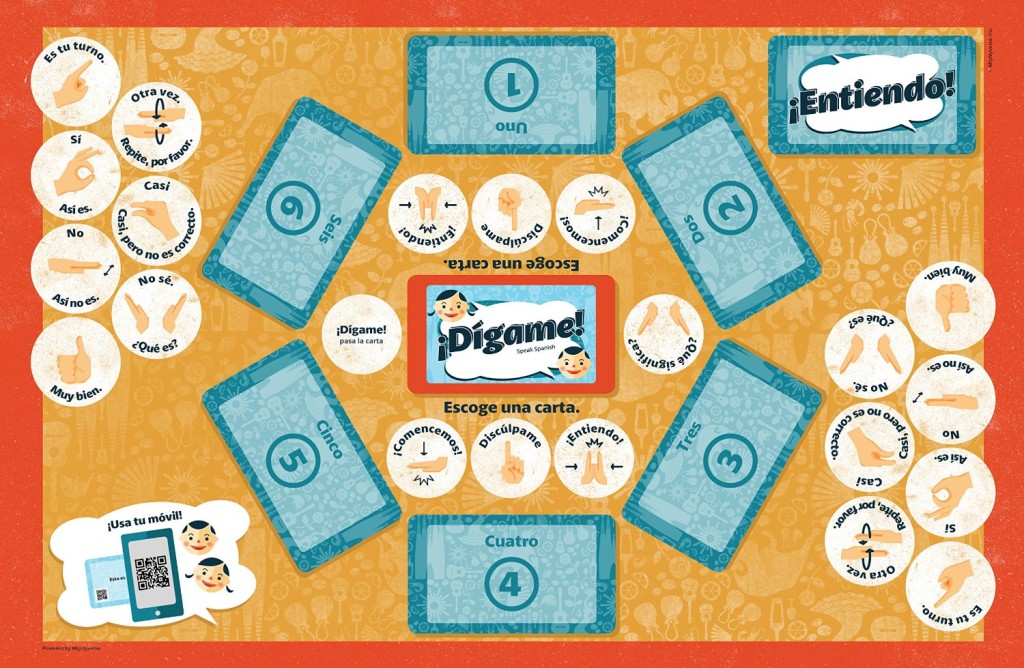Two years ago, we recorded part of Martin Luther King’s “I have a dream” speech in English with multiple voices. With the help of various friends, we created Spanish subtitles for the speech. On Jan 20, 2013, President Obama’s second inauguration day, I wrote about sharing this part of American culture with English language learners. I was optimistic about race relations in America, yet felt that this speech helped us remember our past and share that painful reality with people learning about our country.
Last year, with french recordings of I have a dream, Marie Walburg Plouviez shared with us implications of interpreting and how to convey the meaning behind the words.
With this year’s recording of I have a Dream in Spanish, we captured voices from all over the world, crowdsourcing interpretations as well as recordings from old and new friends.
The interpretation of these words into another language causes me to hear the meaning in a fresh and powerful way. We didn’t use professional translators, but allowed the people recording the phrases to interpret them in their own words. Our friends M. E. Stevens, Tania Waisberg, and Enric Godes suggested some of the more poetic interpretations. Many thanks to everyone who participated (especially Enric and Bruno for organizing the artist voices at Vasava!).
This speech has become almost cliché in English, but when I hear it in new Spanish words, I hear the meaning reverberate in my mind with news from the past year. I hope that this project helps Americans who understand Spanish to reflect on our heritage, and that Spanish learners will be inspired to speak difficult truths.

